With the advent of body positivity campaigns, many critics have pointed out that the concept still remains an impossible task due to the daunting requirement of untiringly loving yourself everyday. Although it is a noble act to strive for, people still feel alienated by the call because it remains unattainable. Loving one’s body is not a linear path, and there are days when we do not feel good about ourselves— and that is okay.
Body neutrality abdicates the pressure of loving oneself everyday, choosing instead to focus on having a neutral perspective on one’s body. More and more people are subscribing to the body neutrality movement because they want to focus on simply appreciating the things their body can do for them without stressing over loving their body’s appearance first.
A good example of body neutrality can be seen through Kara Inez’s sculpture and performance art, where she fuels her work with her personal journey with the female body and mental health while aligning it with the United Nations Sustainable Development Goal on Gender Equality.

Born in Malaysia and based in Singapore, Inez creates grotesque, flesh-like sculptures. She does this not to insult the body, but rather to normalize her experiences through evoking the feeling of disgust. Alternatively, her works bring light to these taboo topics and restructures the stigma around endometriosis.
When asked about endometriosis and her unique depictions of the body, she answered, “They remain absent from social spheres due to their grotesque aesthetics and inability to carry out their obligations and functions that allow for them to safely exist within society.”
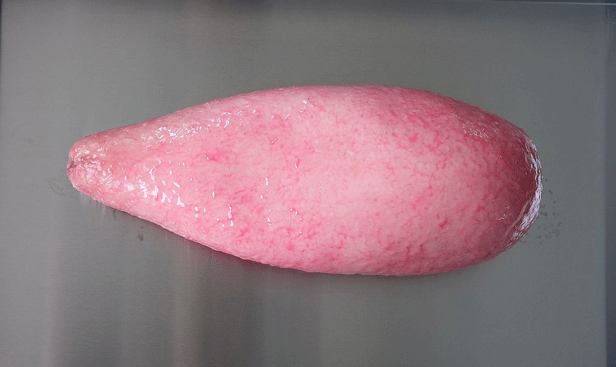
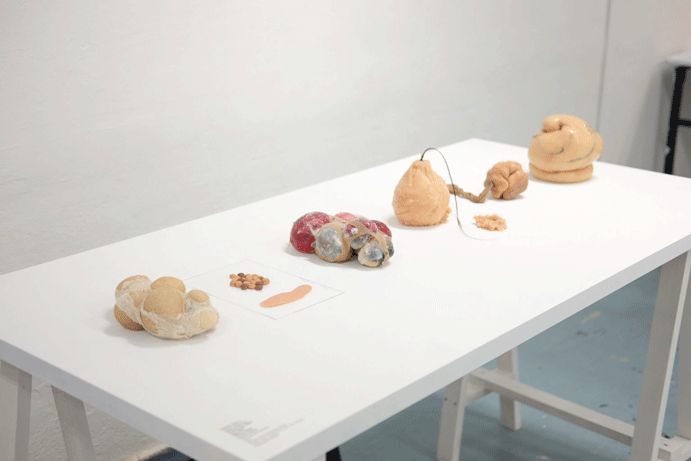
“Conversations concerning the female body and sexual health in Malaysia are continually suppressed and discouraged as it defies the traditions and cultures that require these conversations to be limited to women’s private spheres. This information deficit surrounding the female body provoked me to challenge these boundaries set in place by exposing personal traumatic experiences regarding my own female body as a means to re-inhabit the social sphere with these absent bodies of women,” Inez writes about her exhibition.
Defective: Absent Bodies is an ode she created not only for herself but also for women like her who are suffering from endometriosis. There is so much taboo and stigma surrounding menstruation that has hindered women from reaching out for help. Her own journey has inspired her to deflect society’s expectations of womanhood and change the narrative to normalize the female body.
Although they look realistic, her sculptures are made out of silicon, hair, and other artificial materials. She challenges the audience to channel their disgust or repulsion not to the female body but to the society that routinely sensationalizes women’s bodies while forcing their lived experiences to remain behind closed doors.
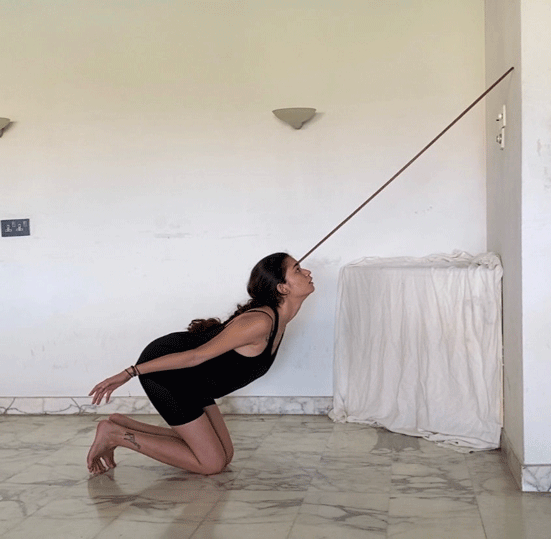
The Weight of Distance is a performance art that reflects Inez’s realizations about distance and the lockdown period. Within the span of 5 hours, Inez interacted with this 1 meter wooden stick. She holds it in her hand and then balances it on her forehead, making sure that it does not fall.
The act represents how the burden of the lockdown has affected day-to-day living. Distance has impacted our connection with other people. Everyone of us has to learn how to balance navigating our lives during this new normal.
Contextualizing this burden, the United Nations has identified the effects of the pandemic that are particular to women, noting that the pandemic threatens the progress that has been made in relation to gender equality.
Gender-based violence among domestic partners has intensified and industries that are dominated by women have closed, resulting in intensifying the gender gap.
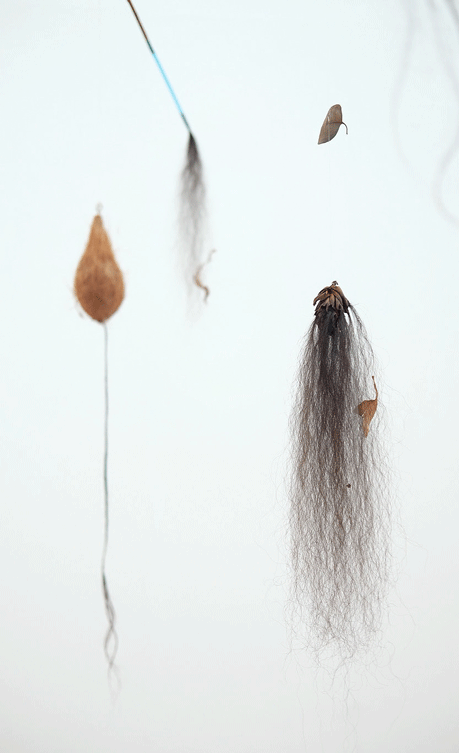
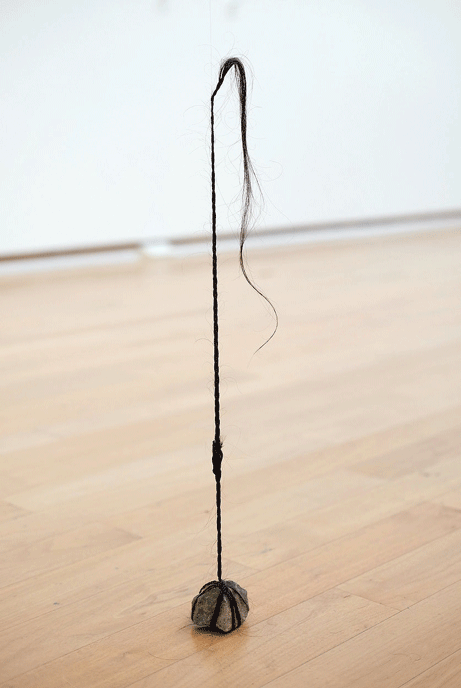
Tirupati Body Threads is an installation made out of body hair. It was heavily inspired by the Venkateswara Swamy Vaari Temple, a holy pilgrimage site in Andhra Pradesh, Tirupati. Shops and restaurants there hang sculptures made up of hair, fruits, garments, rocks and other materials. This practice is believed to charge the sculptures and harness their power. These items serve as talismans, blessing and protecting the places in which they hang.
Combining those practices with South East Asian culture, Inez creates mobiles and wind chimes out of the same materials, representing the marriage between the two traditions and how they complement each other.
To learn more about Kara Inez’s practice and how it promotes gender equality, click here.
